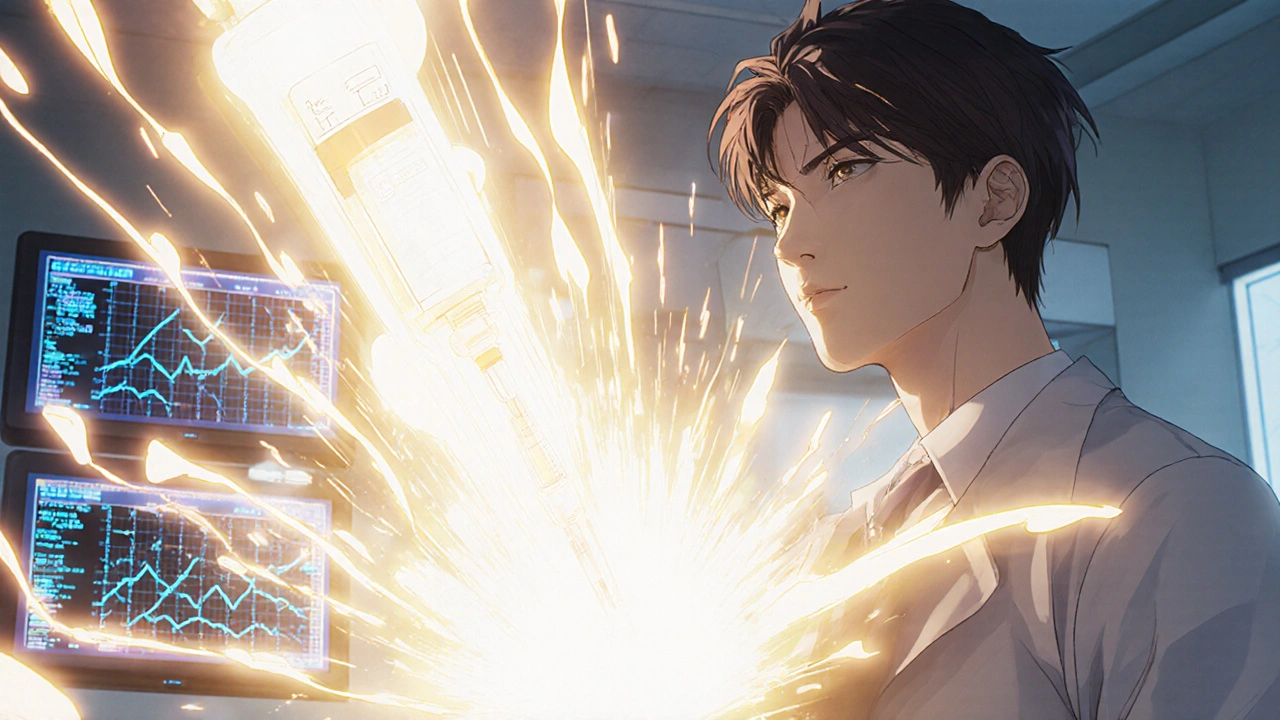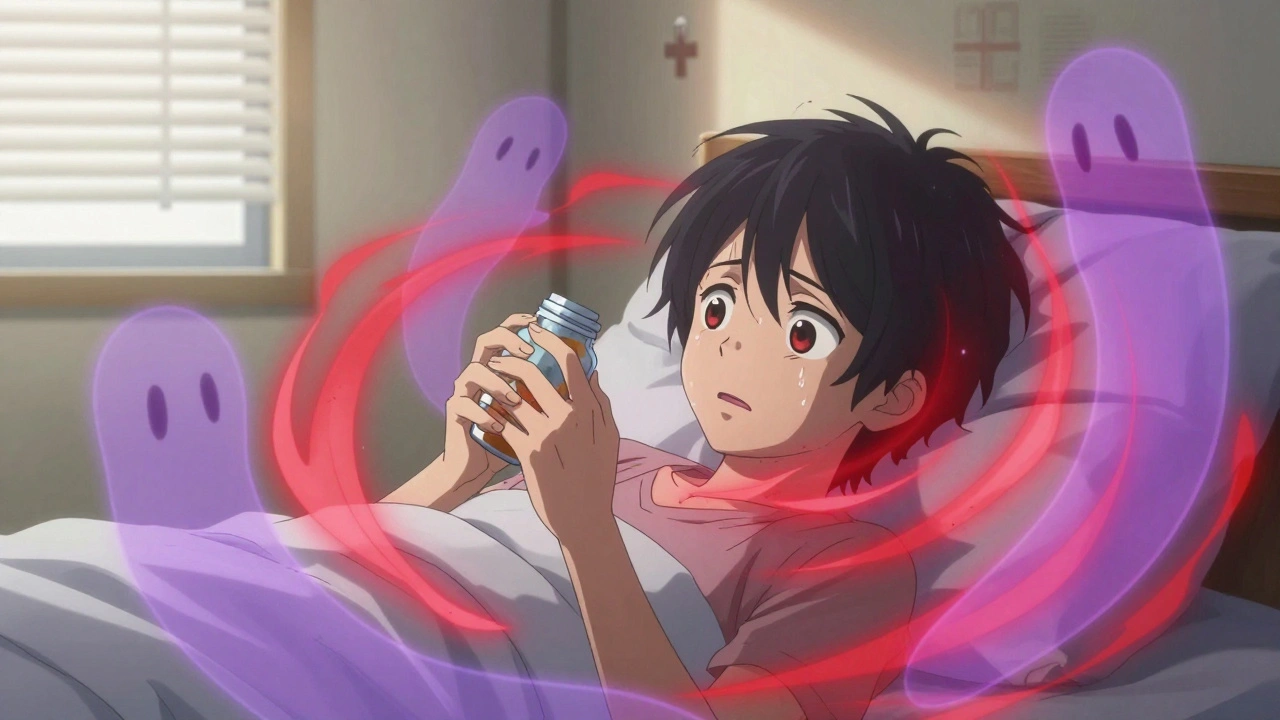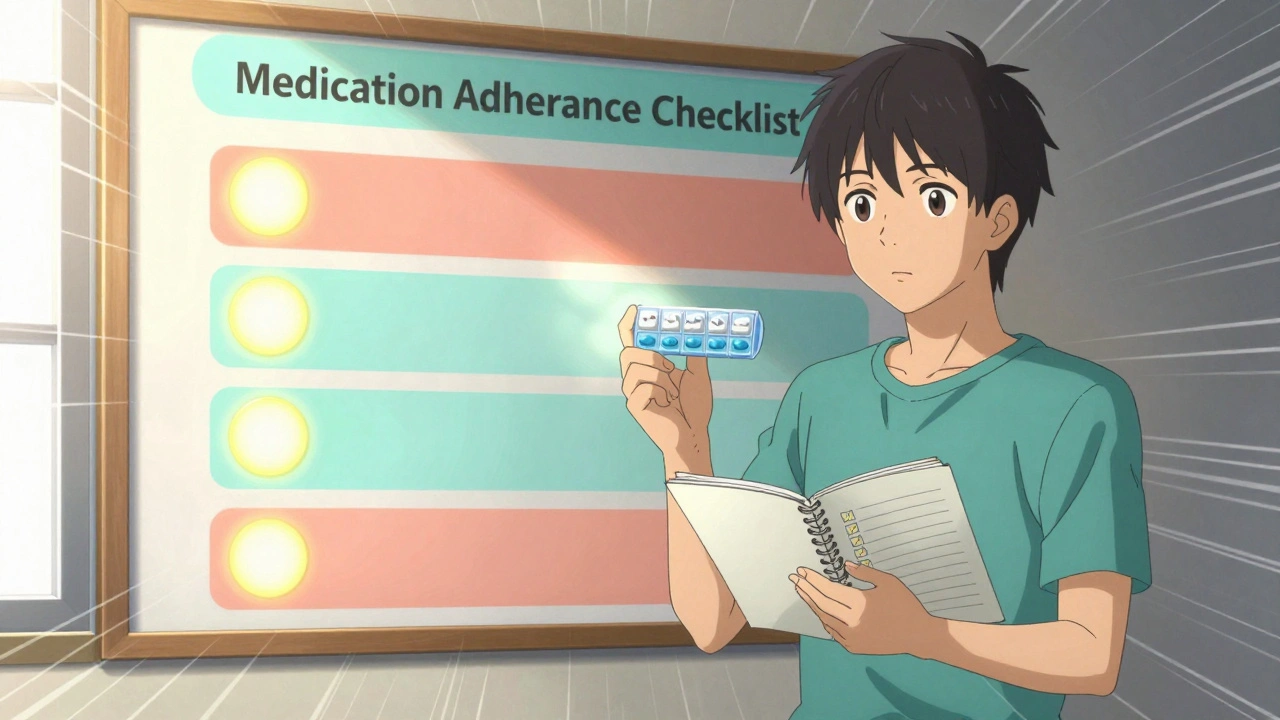Steroid Taper: How to Safely Reduce Steroid Use Without Flare-Ups
When you’ve been on steroid taper, a planned reduction in corticosteroid dosage to avoid withdrawal symptoms and disease rebound. Also known as prednisone taper, it’s not just about cutting pills—it’s about giving your body time to restart its own cortisol production. Stopping steroids cold turkey can crash your adrenal glands, leaving you exhausted, nauseous, or even in shock. That’s why a slow, smart taper isn’t optional—it’s life-saving.
Most people need a steroid taper, a gradual reduction in corticosteroid dosage to prevent adrenal insufficiency and disease flare-ups when they’ve taken doses above 7.5 mg of prednisone daily for more than three weeks. Your body stops making its own cortisol because the pills are doing the job. If you quit suddenly, your adrenal glands don’t snap back fast enough. That’s when you get weakness, dizziness, joint pain, or worse. The taper lets your body relearn how to produce cortisol again, piece by piece. It’s not one-size-fits-all. Someone with rheumatoid arthritis might need months. Someone with asthma might only need weeks. Your doctor will adjust based on your condition, dose, and how long you’ve been on it.
But here’s the thing: even with a taper, you can still have symptoms. That’s because corticosteroid side effects, physical and hormonal changes caused by long-term use of steroid medications don’t vanish overnight. Sleep problems, mood swings, or muscle aches might stick around. That’s normal. What’s not normal is ignoring them. If you feel worse during your taper, don’t push through. Call your doctor. Sometimes you need to slow down. Sometimes you need a different plan. The posts below show real cases—people who tapered too fast and ended up in the ER, others who nailed it with a slow, tracked schedule. You’ll see how steroid dependence, a condition where the body relies on external steroids to function normally after prolonged use can sneak up on you, even if you think you’re in control.
Some of the posts here compare steroid taper methods with other treatments—like switching to non-steroid anti-inflammatories or using immune-modulating drugs to reduce reliance. Others break down lab tests that help track adrenal recovery. You’ll find checklists for tracking symptoms, tips for managing sleep and energy during the process, and even stories from people who got through it without relapsing. This isn’t theoretical. These are real people who lived it. And if you’re on a taper now, you’re not alone. The goal isn’t just to stop the pills—it’s to get your body back on track, safely and for good.
Long-Term Steroid Tapers: How ACTH Testing Guides Safe Adrenal Recovery
Stopping long-term steroids safely requires more than just reducing your dose. ACTH stimulation testing is the only reliable way to check if your adrenal glands have recovered. Learn how the test works, when to get it, and what to do next.






